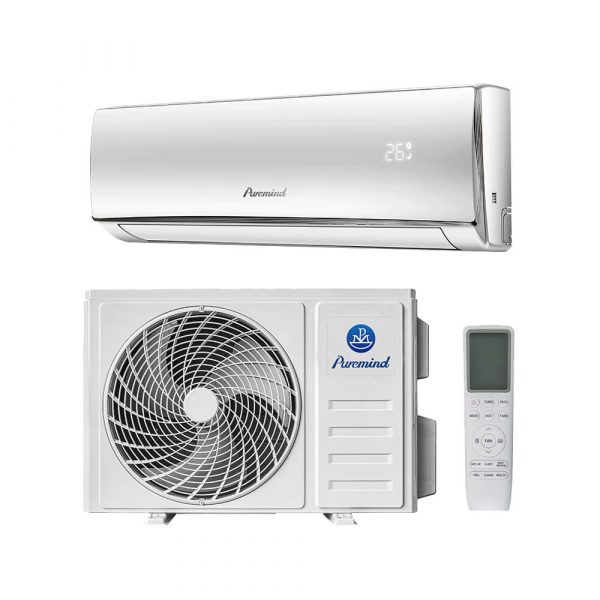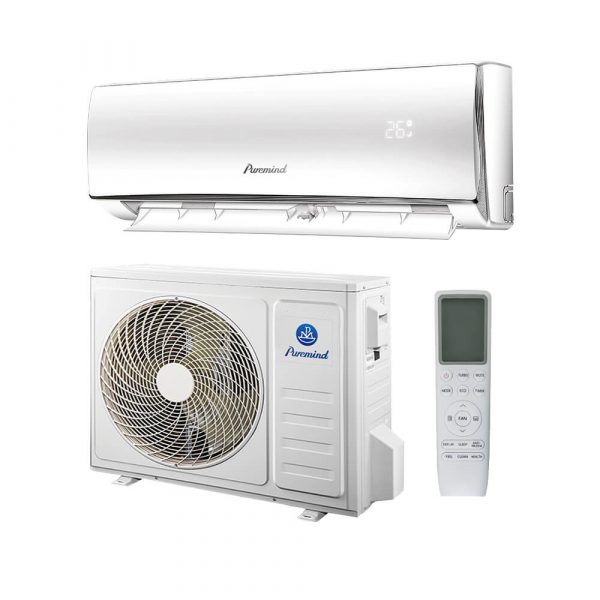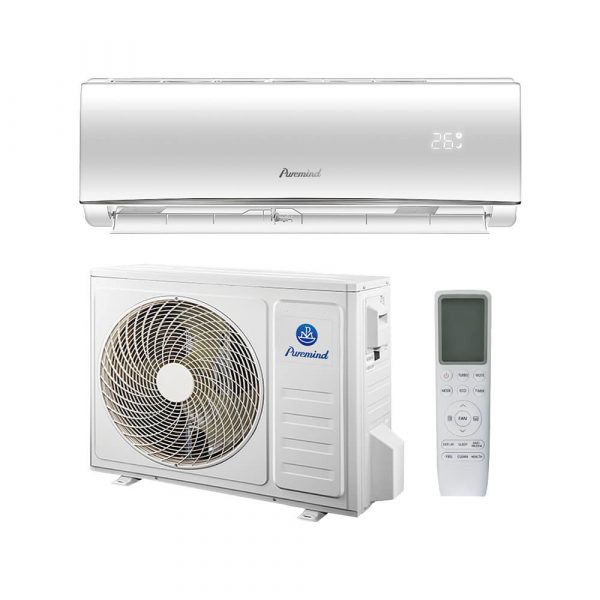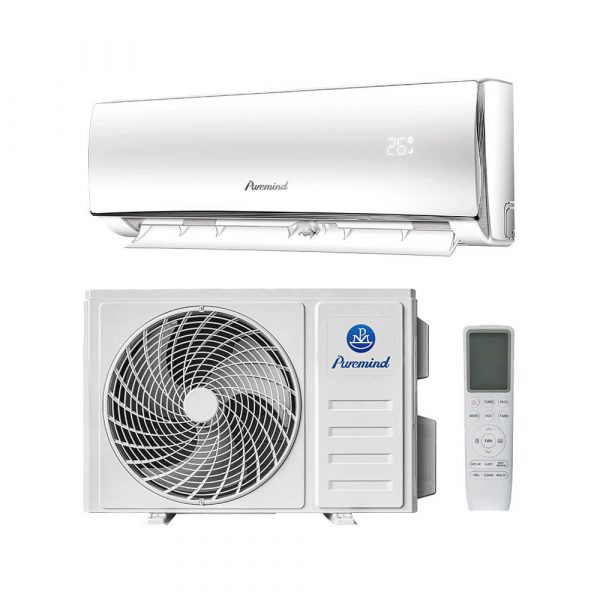Installation Mini Split Air Conditioner – Distributor’s Complete Guide
Installation mini split air conditioner systems is a growing topic of interest for contractors and customers alike. For wholesalers, suppliers, and distributors, understanding installation requirements, costs, and benefits is essential for guiding clients and capturing HVAC market opportunities. This article provides a comprehensive breakdown of how mini split systems are installed, factors affecting pricing, and strategies distributors can use to support contractors.
Introduction: Why Mini Split Installations Are in Demand
As energy efficiency becomes a global priority, ductless systems have emerged as a leading HVAC solution. Mini split systems provide zone-specific comfort, flexible installation, and reduced energy loss compared to central HVAC systems. Distributors who understand mini split AC installation can position themselves as trusted partners for contractors and customers.
What Is a Mini Split Air Conditioner?
A mini split is a ductless heating and cooling system composed of an outdoor compressor and one or more indoor air handlers. By eliminating ductwork, mini splits offer better efficiency and easier installation in new builds and retrofit projects alike.
Core Components
- Outdoor Unit: Contains compressor, condenser, and fan.
- Indoor Unit: Includes evaporator coil, filter, and blower.
- Refrigerant Lines: Connect outdoor and indoor units.
- Expansion Valve: Regulates refrigerant flow and pressure.
- Controls: Remote or Wi-Fi-enabled smart thermostat.
Installation Mini Split Air Conditioner: Step-by-Step
To explain installation mini split air conditioner projects clearly, here are the common steps contractors follow:
- Site Assessment: Determining room size, capacity, and unit placement.
- Mounting Indoor Unit: Installing the air handler on a wall or ceiling.
- Installing Outdoor Unit: Placing condenser with proper clearance for airflow.
- Connecting Refrigerant Lines: Running copper tubing through a small wall opening.
- Electrical Setup: Wiring the system safely and according to code.
- Vacuum and Charge: Evacuating air and moisture, then charging refrigerant.
- System Testing: Checking cooling, heating, and airflow for performance.
Average Installation Costs
One of the most frequent questions distributors hear is: “How much does it cost for mini split air conditioner installation?” Prices vary by size, efficiency, and number of zones. On average:
- Single-Zone Systems: $1,500 – $3,000 installed
- Multi-Zone Systems: $3,500 – $7,500 installed
- Commercial Projects: $7,000+ depending on complexity
Factors Affecting Installation Costs
The cost of installing a mini split system is influenced by:
- Capacity: Higher BTUs require larger equipment.
- Efficiency Rating: High-SEER models cost more upfront but save energy.
- Zones: Multi-zone systems add equipment and labor costs.
- Labor Rates: Vary depending on contractor experience and region.
- Installation Complexity: Longer refrigerant runs and ceiling mounts increase costs.
Wholesale vs Retail Pricing
Retail customers often pay higher costs because labor is included, while distributors focus on equipment costs. A system retailing for $4,000 may have wholesale equipment costs closer to $2,200–$2,600. Distributors who understand this difference can help contractors remain competitive while securing better margins.
Breakdown of Installation Expenses
To help contractors and clients understand mini split system installation cost, here’s a breakdown:
| Cost Component | Estimated Price |
|---|---|
| Outdoor Unit | $800 – $2,000 |
| Indoor Unit | $400 – $1,000 each |
| Refrigerant Lines & Materials | $200 – $500 |
| Labor | $1,000 – $2,500 |
| Electrical Accessories | $300 – $600 |
Applications and Market Demand
Mini split installations are popular across different industries:
- Residential Homes: Bedrooms, living rooms, home offices.
- Commercial Buildings: Offices, restaurants, retail spaces.
- Hospitality: Hotels provide customized comfort in each room.
- Educational Facilities: Schools use ductless systems for efficient climate control.
Market Insights for Distributors
According to AHRI, ductless HVAC systems are one of the fastest-growing categories worldwide. Contractors and customers increasingly favor mini split systems due to energy efficiency, ease of installation, and comfort control. For distributors, this trend represents significant growth potential.
Key Growth Drivers
- Rising energy costs and efficiency standards
- Government rebates and tax credits for efficient HVAC
- Commercial retrofits demanding non-invasive installations
- Consumer preference for zone-based comfort
Best Practices for Distributors
Distributors play a key role in ensuring smooth installation mini split air conditioner projects. By supporting contractors, they can improve customer satisfaction and loyalty.
- Provide technical training for contractors.
- Offer marketing materials highlighting installation benefits.
- Bundle equipment with smart thermostats for added value.
- Highlight rebates and financing options to lower barriers.
Comparing Installation Costs to Other HVAC Options
Distributors can help customers understand cost advantages by comparing systems:
| System Type | Average Installed Cost | Efficiency |
|---|---|---|
| Window AC | $500 – $1,000 | Low |
| Central HVAC | $5,000 – $10,000 | Moderate (duct losses) |
| Mini Split AC | $1,500 – $7,500 | High with inverter technology |
Installation and Maintenance Considerations
Installation costs are only part of ownership. Mini splits require minimal maintenance—mainly filter cleaning and routine checks—making them more cost-effective over time. Distributors should emphasize lifetime savings when marketing these systems.
Where to Source Mini Split Air Conditioners
Wholesalers and distributors can access a wide range of split air conditioners, including models ideal for mini split AC installation, from this supplier page. Working with reliable suppliers ensures warranty coverage, consistent product availability, and competitive pricing.
Future of Mini Split Installations
The future of HVAC is ductless, and installation mini split air conditioner projects will continue to rise. Innovations in smart controls, eco-friendly refrigerants, and high-efficiency designs will shape pricing and installation processes. Distributors who prepare now will lead in the years ahead.
Conclusion
Understanding installation mini split air conditioner systems is essential for wholesalers, suppliers, and distributors. By providing cost insights, supporting contractors, and emphasizing long-term value, distributors can capture opportunities in the fast-growing ductless HVAC market. Stocking these systems means more than just selling equipment—it’s about delivering comfort, efficiency, and reliable partnerships.







